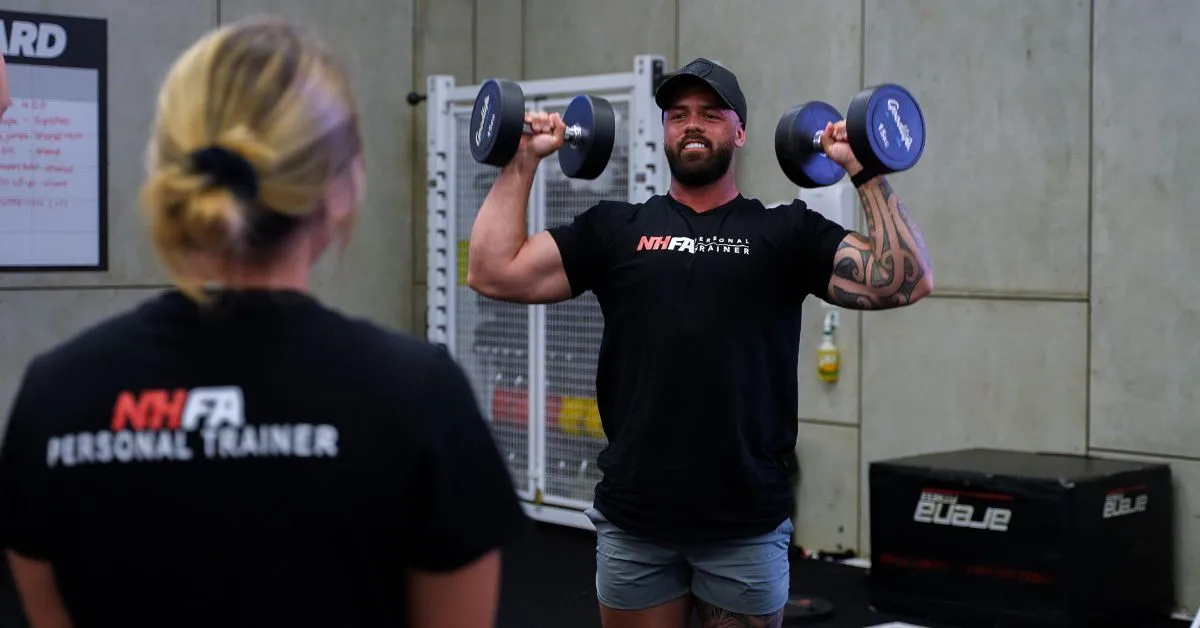
Personal Trainers in Australia have the potential to earn a very rewarding income, with wide variation depending on qualifications, experience, work model, and client base.
Qualifications Influence Personal Trainer Income
For many Trainers holding a Certificate III in Fitness, working within group exercise models like F45 or other HIIT group training formats typically means earning a wage or salary. The full-time salary range for these Trainers is generally between $50,000 and $60,000 per year, depending on skill and experience.
Trainers who achieve the higher Certificate IV in Fitness are qualified to provide one-on-one personal training sessions. Those who choose to operate as independent business operators (IBOs) in larger gyms such as Goodlife, EMF, or Fitness First often pay weekly rent (around $300) and earn directly from client payments. Hungry and skilled trainers in this model commonly earn between $90,000 to $110,000 annually while working roughly 35 hours per week.
Salary Potential for Experienced and Specialist Trainers
Elite personal trainers who develop a strong reputation and proven results can command hourly rates from $80 to $100 per session (typically 45 minutes), often building a client waiting list. This level of trainer typically achieves a six-figure income.
Beyond that, specialist trainers with niche expertise or exceptional reputations combine one-on-one training with group sessions, bootcamps, and online coaching to earn well beyond $150,000 per year, with some exceeding $200,000 annually. These trainers often complete 40 to 50 sessions per week.
Average Personal Trainer Salary in Australia (2025)
On average, the hourly pay for personal trainers in Australia in 2025 ranges from approximately $33 to $62, with an average salary around $81,000 to $87,000 per year depending on location, employment type, and experience.
Personal trainers in Australia can earn anywhere from between $50,000 to $90,000 per year, with top performers exceeding six figures through experience, specialisation, and strong client demand.
NHFA Founder & Director, Dave Burgis, explaining Personal Trainers salaries in detail
Income Consistency for Personal Trainers
Personal trainer income can be consistent, although it depends on your employment model, your business systems, and client demand in your area. Trainers employed on wages, usually in group training or gym roles, tend to have more predictable pay. Independent business operators, who pay rent in a club and set their own prices, have higher earning potential, although income can fluctuate if bookings change.
Consistency usually improves when trainers focus on four areas:
- Education and skill development (Certificate III and Certificate IV, plus relevant CPD).
- Client retention systems such as regular check-ins, clear programming, and progress reviews.
- Business processes including scheduling, pricing, lead generation, and simple bookkeeping.
- Service quality that supports word-of-mouth and longer client relationships.
If running a small business is not your preference, employed roles can offer a steadier wage. If you enjoy operating independently, learning basic business skills helps reduce income variability and supports long-term growth.
Tip: Track your weekly sessions, enquiries, and retention. Simple metrics often highlight the next practical change that improves stability.
If becoming a successful and well-paid personal trainer sounds like your goal, the first step is reaching out. Contact the National Health & Fitness Academy today to learn how our expert courses and business programs can launch your career to new heights. Let’s get started on your journey to becoming Australia’s next elite personal trainer!
Start your success story today
PERSONAL TRAINING & FITNESS COURSES AUSTRALIA-WIDE
Schedule a quick call with our Course Advisors and get all of your questions answered!
Schedule Call

